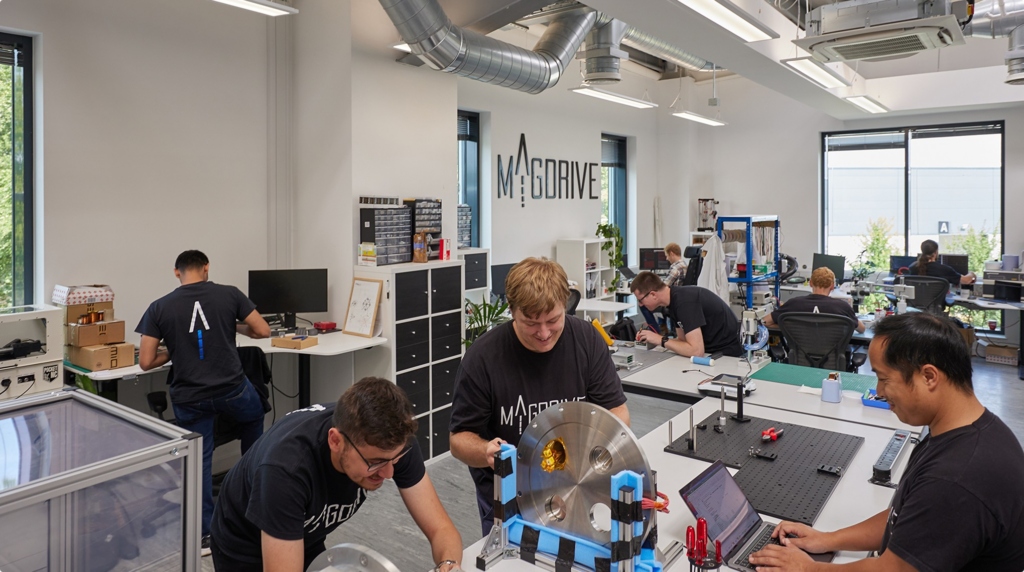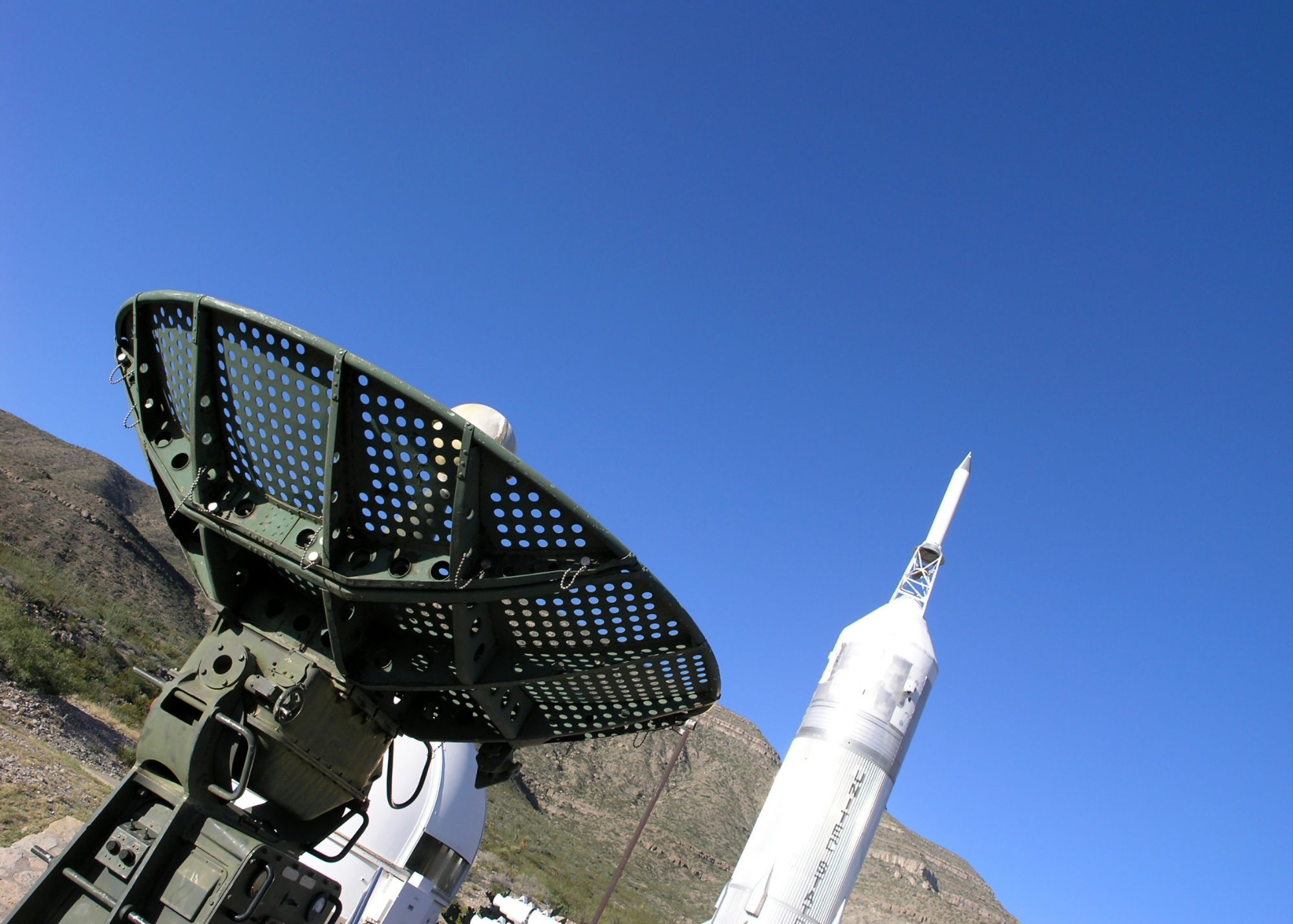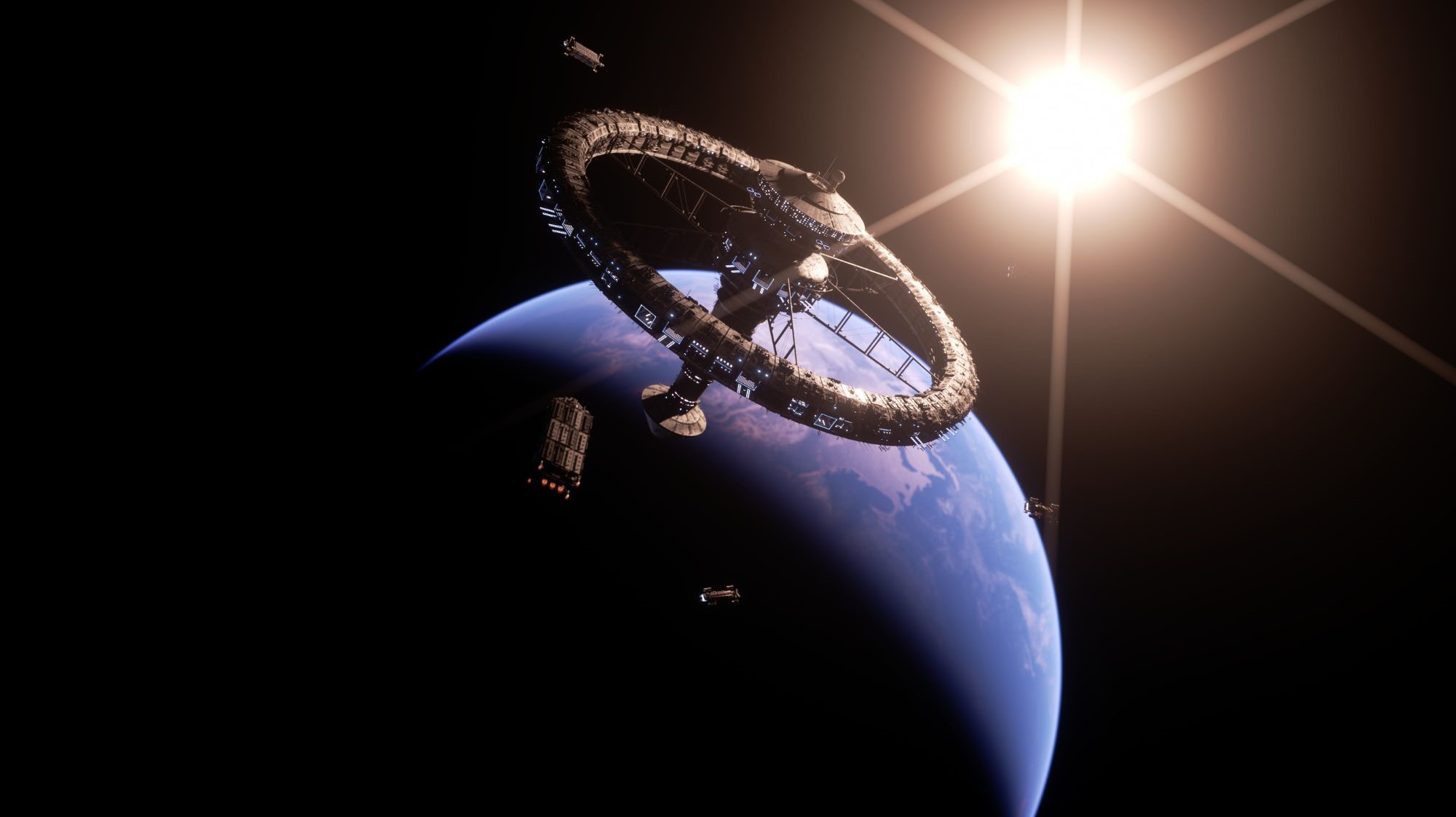In a major breakthrough for the space technology sector, UK-based startup Magdrive has successfully raised $10.5 million in seed funding to accelerate the development of its advanced spacecraft propulsion systems. This significant investment signals growing confidence in the company’s potential to revolutionize satellite mobility and deep-space exploration. With an increasing demand for high-efficiency, low-cost, and sustainable propulsion solutions, Magdrive’s innovative technology could shape the future of space travel. The funding round, backed by leading investors, will support Magdrive’s ambitious plans to refine its technology, expand operations, and enter new markets, particularly in the United States.
Magdrive’s success reflects the broader trend of heightened investor interest in space startups, fueled by the commercialization of satellite technology and the exponential growth of the private space sector. As more satellites are launched into orbit each year, there is an urgent need for more efficient propulsion systems that offer greater maneuverability and longer operational lifespans. Magdrive’s propulsion technology, which promises significant performance improvements over traditional systems, could be a game-changer in this evolving industry.
Table of Contents
ToggleCompany Overview
Magdrive was founded in 2019 by mechanical engineer Mark Stokes and plasma physicist Dr. Thomas Clayson. Based in Harwell, Oxfordshire, the company has been at the forefront of developing high-thrust electric propulsion systems designed to enhance satellite mobility while ensuring sustainability and efficiency. The startup’s propulsion technology leverages advanced plasma physics to create a high-power, compact thruster that can provide high thrust without relying on chemical propellants.
The company’s innovations are particularly well-suited for applications in Low Earth Orbit (LEO), geostationary orbit, and interplanetary missions. Unlike conventional chemical thrusters, which consume large amounts of fuel and require extensive storage, Magdrive’s systems are designed to be compact, energy-efficient, and capable of delivering rapid acceleration. This makes them an attractive option for both commercial and governmental space missions, including satellite constellations, deep-space exploration, and defense applications.
Funding Details
Magdrive’s $10.5 million seed funding round was led by Redalpine, a European venture capital firm known for investing in high-potential deep-tech startups. Other key investors included Balerion Space Ventures, Founders Fund, Alumni Ventures, 7percent Ventures, Outsized Ventures, and Entrepreneur First. The fresh capital injection brings Magdrive’s total funding to $22.5 million, which includes $10 million in grants from UK and European space agencies.
This latest funding round is expected to play a critical role in Magdrive’s next phase of growth, enabling the company to expand its team, refine its technology, and scale up manufacturing capabilities. The funding will also support upcoming spaceflight tests of its propulsion systems, which are scheduled to take place in 2025. If these tests are successful, Magdrive will be well-positioned to secure commercial contracts with satellite operators and space agencies worldwide.
Technological Innovations
At the heart of Magdrive’s propulsion technology is its novel approach to electric thrusters. The company is currently developing two primary propulsion systems:
- Rogue Thruster: A high-power propulsion system designed for satellites and spacecraft operating in LEO and beyond. The Rogue thruster is set to undergo its first in-space test in June 2025.
- Warlock Thruster: A more advanced version that offers increased thrust and efficiency for larger spacecraft and interplanetary missions.
Both thrusters employ a high-density, non-toxic metal propellant that operates at extremely high temperatures—up to 100 times hotter than traditional chemical rockets. Instead of relying on combustion, the thrusters use a magnetic field to contain and accelerate the plasma, allowing for a more efficient and compact propulsion system. Additionally, these systems are charged using solar power, enabling long-term, sustainable operation in space.
The ability to provide high-thrust maneuvers without the limitations of chemical propulsion offers significant advantages for satellite operators. These include improved station-keeping, faster orbital transfers, and the potential to extend the operational lifespan of spacecraft. Magdrive’s propulsion technology could also play a key role in enabling more efficient space debris removal, an increasingly pressing issue as Earth’s orbital environment becomes more congested.

Strategic Expansion
With its latest funding secured, Magdrive is now executing a strategic expansion plan that includes establishing a presence in the U.S. and scaling up manufacturing capabilities in the UK. The company has opened a subsidiary in Los Angeles to facilitate partnerships with American space firms and government agencies, including NASA and the U.S. Department of Defense.
Additionally, Magdrive is investing in a new manufacturing facility in the UK to meet the growing demand for its propulsion systems. The company aims to ramp up production over the next two years, ensuring that it can fulfill orders from commercial satellite operators and government clients worldwide.
Market Context
The satellite propulsion industry is undergoing rapid transformation, driven by the increasing number of commercial satellites launched into orbit each year. In 2024, the global satellite propulsion system market was valued at approximately $11.05 billion, with projections indicating a compound annual growth rate (CAGR) of 13.6% through 2030. This growth is fueled by the rise of satellite mega-constellations, such as SpaceX’s Starlink and Amazon’s Project Kuiper, which require sophisticated propulsion solutions for orbital adjustments and collision avoidance.
The demand for advanced propulsion systems is further amplified by the need for more sustainable space operations. As space agencies and commercial operators work toward reducing space debris and ensuring long-term access to Earth’s orbits, Magdrive’s high-efficiency, low-waste propulsion technology is positioned to address key challenges in the industry.
Future Outlook
Magdrive’s immediate focus is on the successful execution of its upcoming spaceflight tests, which will validate the performance of its Rogue thruster in real-world conditions. A successful demonstration could pave the way for commercial adoption, enabling satellite operators to enhance mobility and efficiency in space. Additionally, the company is exploring potential applications beyond traditional satellite propulsion, including interplanetary travel and lunar exploration missions.
As Magdrive continues to refine its technology and expand its market reach, it is poised to become a key player in the next generation of space propulsion systems. With increasing demand for high-performance thrusters and sustainable propulsion solutions, the company is well-positioned to capitalize on the booming space industry. The combination of cutting-edge technology, strategic partnerships, and robust financial backing makes Magdrive one of the most promising space startups to watch in the coming years.
Conclusion
Magdrive’s recent funding success and technological advancements mark a significant step forward in the evolution of space propulsion. By developing efficient, high-thrust electric propulsion systems, the company is addressing critical challenges in satellite mobility and deep-space exploration. With strategic expansion plans in place and upcoming flight tests on the horizon, Magdrive is poised to redefine how spacecraft navigate the final frontier. As the space industry continues to grow, the company’s innovations could play a crucial role in shaping the future of satellite technology and interplanetary missions.











